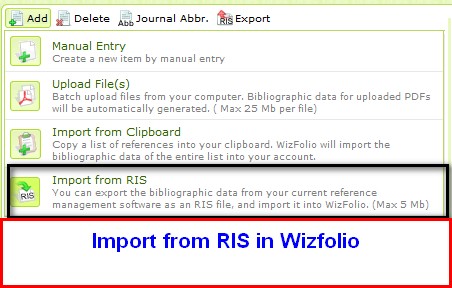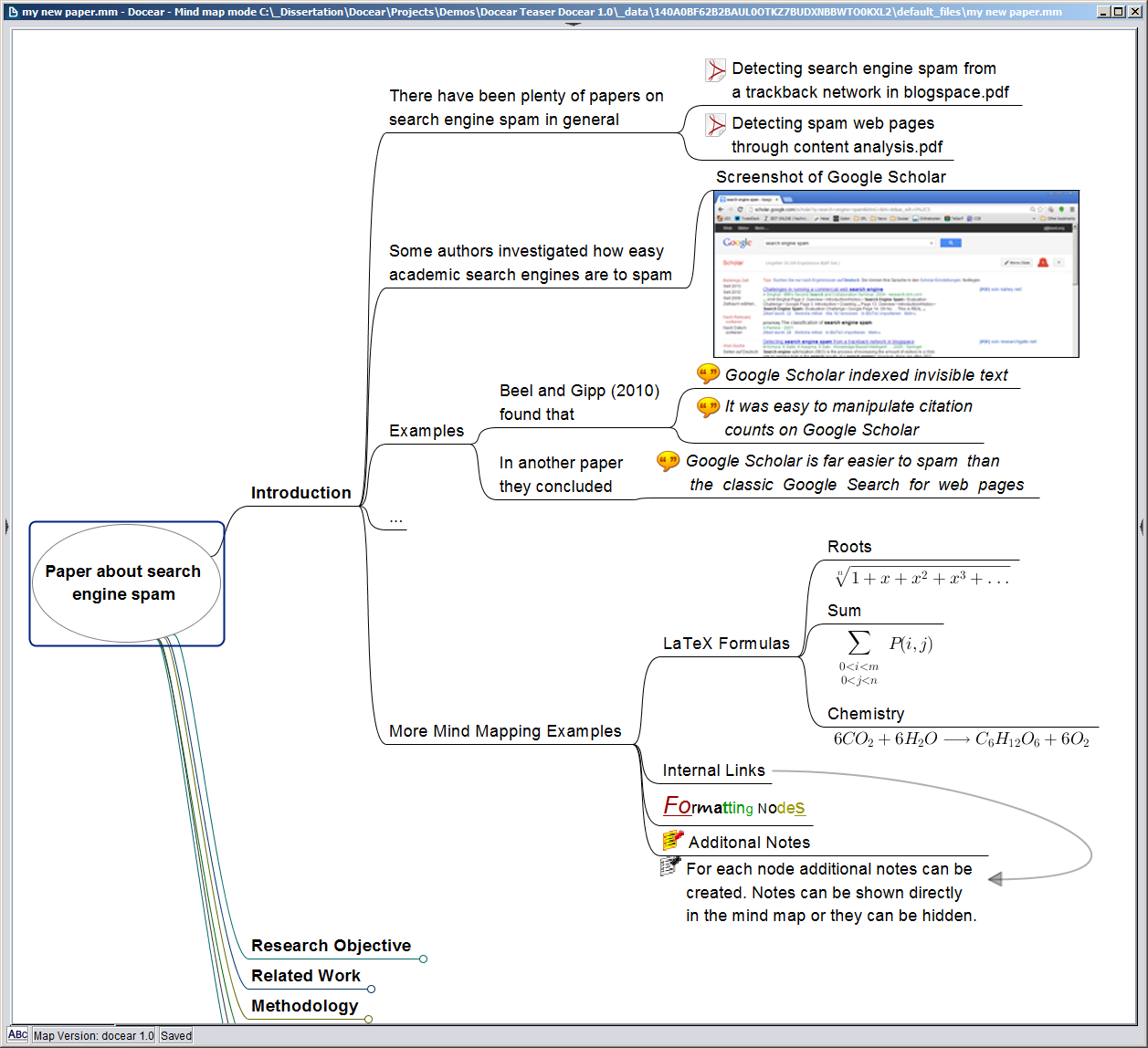

The largest number of mistakes for 9 journals was found in references generated by EndNote and in the other 4 journals the largest number of mistakes was detected in RefWorks references. The fewest mistakes were detected in references generated by Zotero for 11 journals and the NLM style, while the second fewest number of mistakes was found in Mendeley.

Bibliographical references to online and printed articles, books, contributions to edited books and web resources generated by EndNote, Mendeley, RefWorks and Zotero were compared with manually written references according to the citation instructions in 15 biomedical journals and the NLM citation style. Additional content may have been adapted from the Zotero Research Guide by Jason Puckett and licensed by Georgia State University Library under a Creative Commons Attribution-Noncommercial License. Part or all of this answer is adapted from Zotero wiki content distributed under various Creative Commons licenses. Once you have saved the file, open Zotero, go to File > Import, and then select the file.įor more information, see Zotero's documentation on importing formatted bibliographies. From there, choose a file format (BibTeX, RIS, or XML) and then save the file to your computer. To export a library or selections of citations, go to File > Export in your reference manager.

BibTeX, RIS, XML file formats are compatible with Zotero on import. If you have the citations saved in an accessible citation manager (EndNote, Mendeley, etc.), you can export your citations from that program. Or you can use the Reference Extractor’s ‘copy to clipboard’ feature and then go to Zotero and choose File > Import from Clipboard. Download the BibTeX or RIS file to your computer and then import the file into Zotero (File > Import). docx file and select a desired output format (BibTeX or RIS are best). docx file with a bibliography generated using EndNote or Mendeley, you can use a tool called Reference Extractor.


 0 kommentar(er)
0 kommentar(er)
